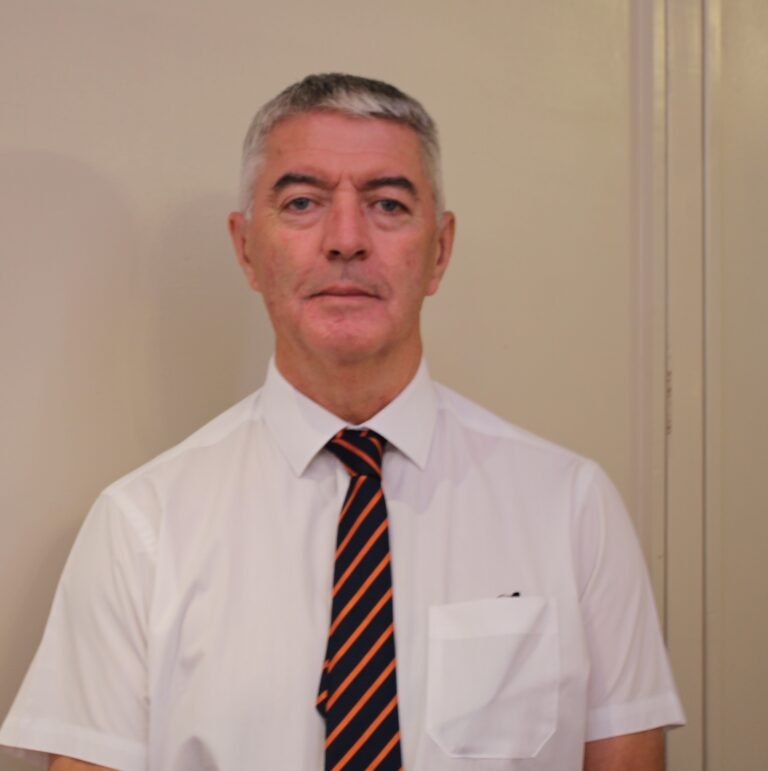How genetic advances are driving longer-laying, more efficient hens
Genetic improvement remains at the heart of progress in poultry production, with breeding companies focused on traits that enhance layer persistency, egg numbers and quality. According to Lohmann GB production director John Hodgkinson, developing the ideal modern layer depends not only on genetic expertise and experience, but also on accurately anticipating future market demands.
“Our geneticists are highly skilled and look at indicators from market trends to see where breeding should be going,” said Hodgkinson, speaking to producers and the industry at Cargill Poultry workshops. “But there’s always an element of guess work due to the time lag. Changes in genetic selections in a grandparent flock take three or four years before changes manifest themselves in commercial flocks.”
Geneticists are focused on developing robust, productive birds suited to both breeding and commercial systems. “This ‘ideal’ bird must fulfil many criteria including laying performance, egg weight and quality, feed efficiency, liveability and behaviour. And as market trends develop, more emphasis will be placed on certain traits and the genetic make-up tweaked to fulfil market requirements. These are the challenges faced by our geneticists.”
Layer persistency remains a key priority in breeding programmes. “Every year breeding companies aim to improve their product,” he added. “We are now breeding birds with the genetic potential to keep producing good quality eggs for a longer period.”
Layer persistency remains a central focus in genetic selection, enabling producers to maintain commercial flocks for between 85 and 90 weeks. “It means that, in turn, fewer chicks will be required and the number of breeders required to supply the commercial market will be less. This is the direction of travel that the industry must adapt to.”
Alongside these genetic gains, Hodgkinson highlighted the role of modern, high biosecure housing systems for breeders, as well as the move towards flat-deck and aviary production. “This will ensure high standards of chick quality are achieved, which will be a sound building block for a longer laying hen, regardless of breed. Lohmann GB has put the first aviary system in place for one of its parent farms this year and a second system will follow early in 2026.”
Environmental pressures and the drive for cost efficiency are also influencing the market, with growing interest in white layers. White birds, he explained, offer greater laying potential and higher egg output than brown layers. “I can see the market for white eggs increasing from 10% to 15% during the next five years,” added Hodgkinson. “The British public still prefers a traditional, brown-shelled egg, but habits shift. Currently the market is favouring medium eggs – three years’ ago the preference was for a larger egg.
“However, it must be recognised that the white layer will give value in terms of more eggs and better feed conversion which favours in today’s sustainability quest.”
While breeding companies can adapt to changing demand, Hodgkinson stressed that retail and consumer preferences will ultimately determine future breed choices. “This change is not being led by the breeding companies, but our role is to respond to consumer requirements while supporting layer persistency and egg production and ensuring we offer a robust, healthy bird.”
Today’s layer
The ideal laying hen grows at a fast rate. one week in a rearing bird is equivalent to one human year. She requires a well-planned vaccination programme during rearing.
A slip in growth rates will affect her lifetime performance. catching-up isn’t possible
To maintain her wellbeing and production she must be:
Fed a good quality diet, appropriate for her age. She will eat 120g to 130g a day at her peak
Given clean water with no bacteria overload or mineral additives. She will drink 204ml to 220ml a day at her peak
In a comfortable disease-free environment with well monitored airflow and free of pests such as mites and worms
We know the modern layer is content if:
She’s meeting her production targets
Intakes of feed and water are correct
She is maintaining body condition
Egg weights are in the correct boundaries. Producing very large eggs is stressful and can lead to mortality
New tool to improve the modern layers’ wellbeing
The modern layers’ health and happiness can be assessed visually, but tools are now available to check for factors that may affect her wellbeing and productivity in future
Cargill’s Reveal technology uses a near infra-red device to routinely measure and monitor the fat pad depth of a sample birds in a flock.
The fat pad measurement corelates to body condition and can be used as an early indicator of fat deposits around the ovaries and poor liver function which will be detrimental to lifetime productivity.
This monitoring tool will ensure the modern layers well-being and support her productivity by pre-empting problems


